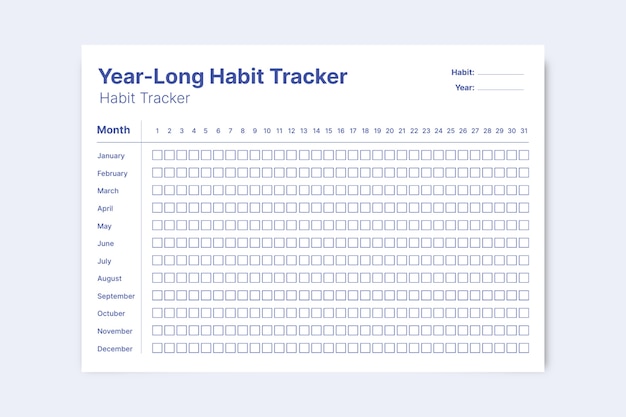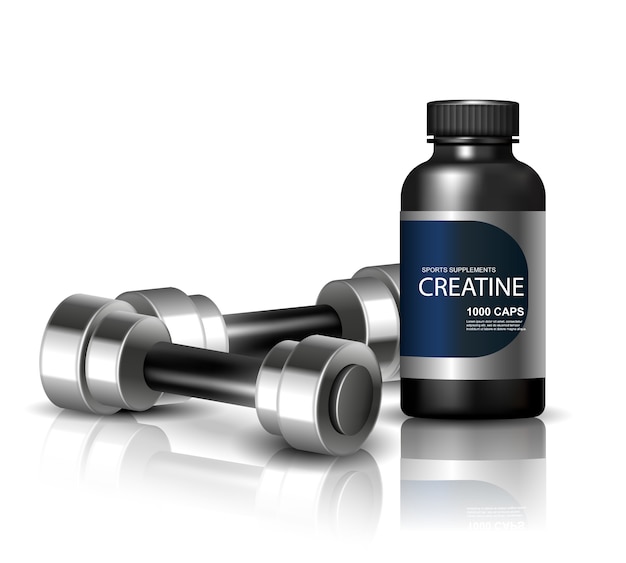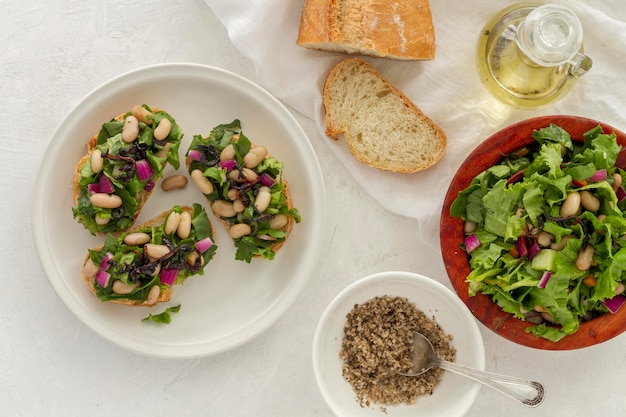Transform Your Body After 40: The 21-Day Age-Gracefully Muscle Gain Plan
As we age, maintaining muscle mass becomes more challenging—but not impossible. After 40, natural declines in testosterone, growth hormone, and metabolic rate can make fat accumulation easier and muscle gain harder. However, with a strategic, progressive 21-day plan, you can reverse the trend and age with strength, energy, and confidence.
Why Muscle Matters as You Age
Muscle isn’t just about appearance. It supports joint health, improves balance, boosts metabolism, and reduces the risk of chronic diseases like type 2 diabetes and osteoporosis. Sarcopenia—the age-related loss of muscle—starts as early as your 30s and accelerates after 50. The good news? Resistance training can significantly slow or even reverse this process.

The 21-Day Age-Gracefully Muscle Gain Plan
This plan is progressive, sustainable, and tailored for adults over 40. It combines strength training, nutrition, recovery, and tracking to maximize results without burnout.
Phase 1: Days 1–7 – Foundation & Activation
- Workouts: 3 full-body strength sessions using moderate weights and higher reps (10–15). Focus on form and muscle engagement.
- Cardio: 2 sessions of 20-minute brisk walking or cycling to boost circulation and joint mobility.
- Nutrition: Increase protein intake to 1.6–2.2g per kg of body weight. Include lean meats, eggs, legumes, and Greek yogurt.
- Recovery: Aim for 7–8 hours of sleep. Add 5–10 minutes of stretching or foam rolling post-workout.
Phase 2: Days 8–14 – Build & Challenge
- Workouts: Transition to 4 split routines (e.g., upper/lower body). Increase weights slightly while reducing reps (8–12) for hypertrophy.
- Progressive Overload: Add 5–10% more weight or an extra set each week.
- Nutrition: Time protein intake—consume 20–30g within 30 minutes post-workout. Stay hydrated (2.5–3L water/day).
- Mind-Muscle Connection: Focus on slow, controlled movements to enhance muscle activation.

Phase 3: Days 15–21 – Intensify & Track
- Workouts: 4–5 sessions weekly with compound lifts (squats, deadlifts, bench press) and 1–2 isolation exercises per muscle group.
- Intensity: Incorporate techniques like drop sets or tempo training (e.g., 3-second lowering phase).
- Nutrition: Add healthy fats (avocados, nuts, olive oil) and complex carbs (oats, sweet potatoes) to fuel recovery.
- Recovery: Consider contrast showers or Epsom salt baths to reduce soreness.
Tracking Your Progress
Consistency thrives on visibility. Use these simple tracking methods:
- Workout Log: Record exercises, sets, reps, and weights used. Note how you felt each day.
- Body Measurements: Track waist, arms, chest, and thighs weekly—more reliable than scale weight.
- Progress Photos: Take front, side, and back photos every 7 days under consistent lighting.
- Energy & Mood Journal: Rate daily energy and mood (1–10). Notice improvements in sleep and focus.
Motivation Cues to Stay on Track
Motivation fades—systems endure. Anchor your plan with these cues:
- Start Small: Commit to just 5 minutes on low-motivation days. Action often reignites drive.
- Visual Reminders: Place your goal photo or a motivational quote where you’ll see it daily.
- Habit Stacking: Pair workouts with a morning coffee or post-dinner walk to build routine.
- Weekly Wins: Every Sunday, reflect on 3 achievements—no matter how small.

Final Thoughts
Aging gracefully isn’t about stopping time—it’s about optimizing your health at every stage. This 21-day plan isn’t a quick fix, but a launchpad for lifelong strength. By combining smart training, proper nutrition, and mindful tracking, you’re not just building muscle—you’re building resilience.
Stay consistent, celebrate progress, and remember: it’s never too late to get stronger.

















